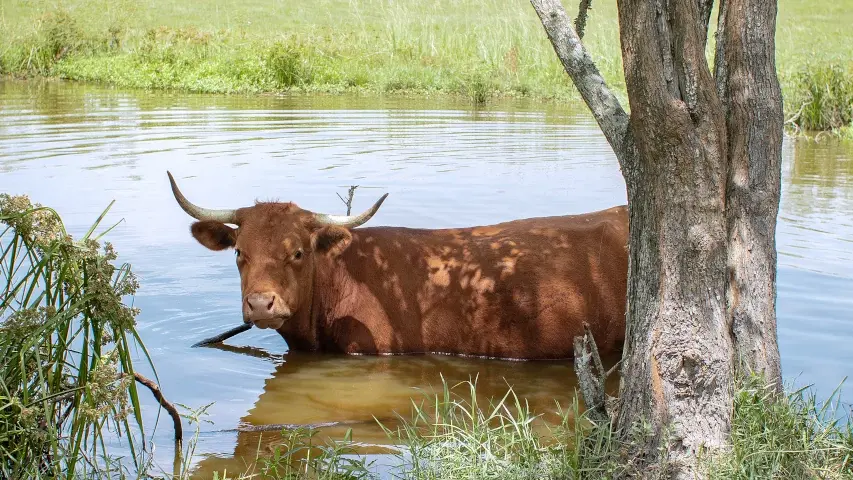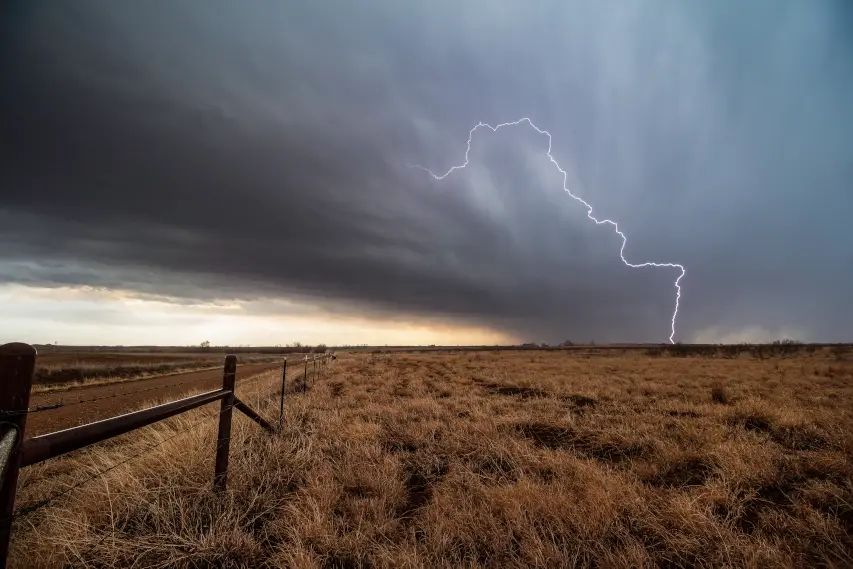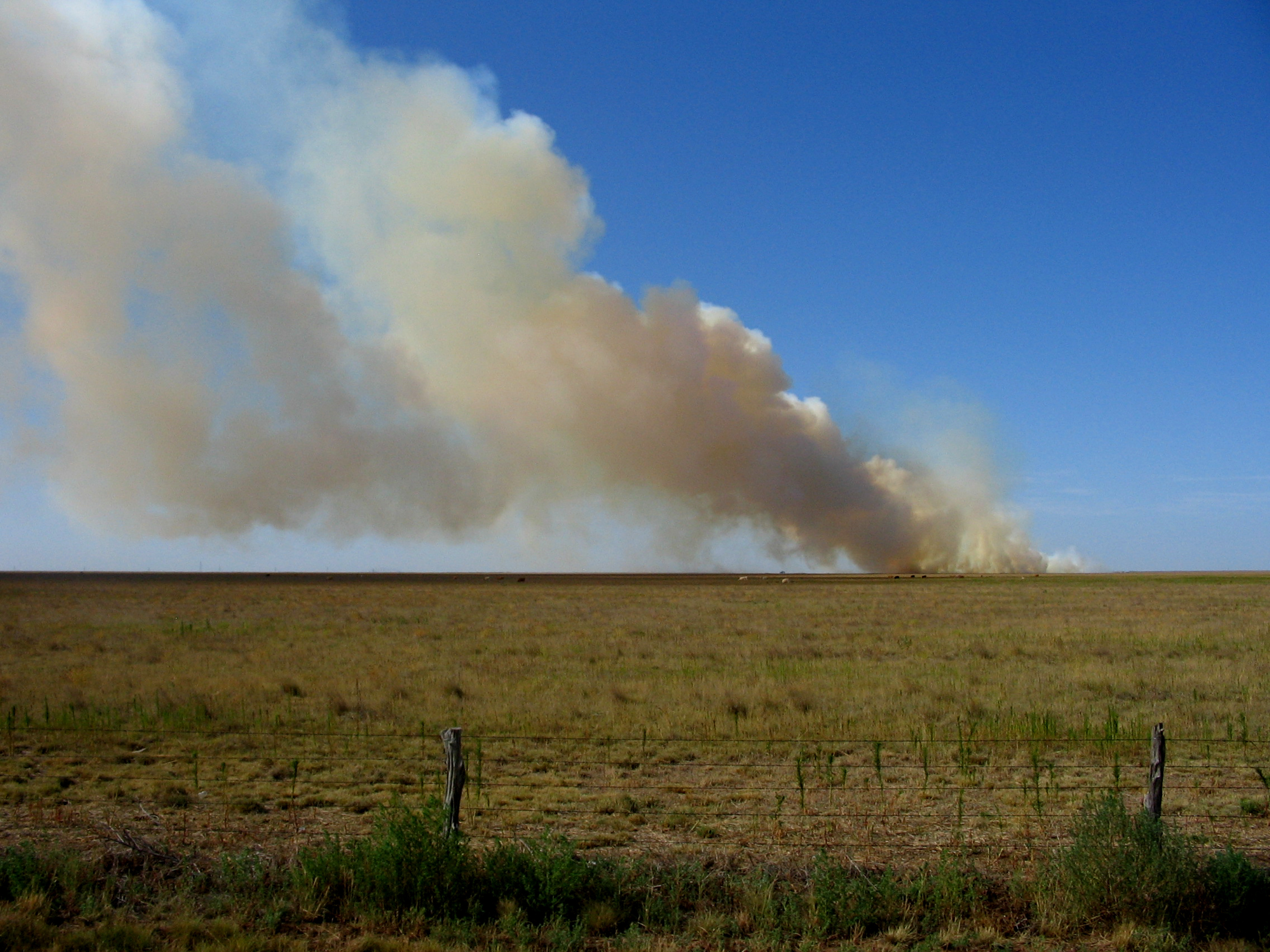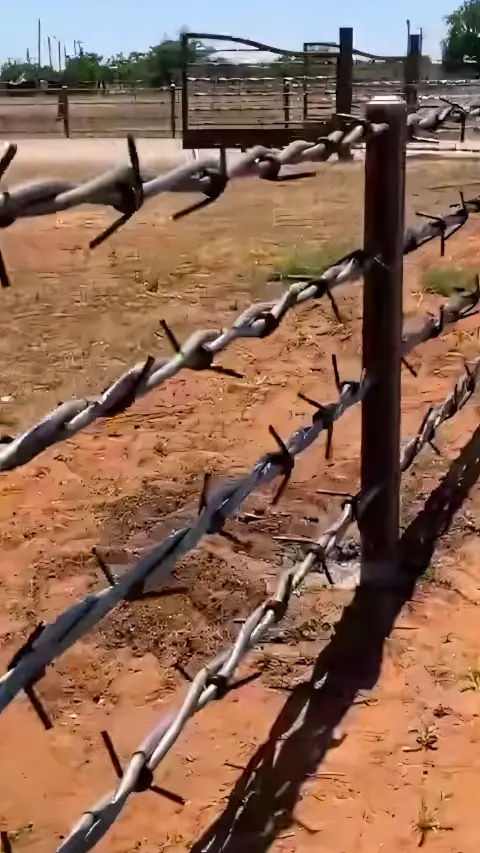October 17, 2023
Introduction

Texas is home to over 26 million head of cattle, making it the largest cattle-producing state in the United States. Cattle ranching is an important part of the Texas economy, generating over $13 billion in annual revenue. Fences are essential for cattle ranching, as they help to keep livestock contained and protect them from predators and other hazards.
However, Texas cattle ranchers face a number of challenges with their fences. Extreme weather, predators, vegetation, terrain, and cost are all factors that can make it difficult to build and maintain fences. In addition, Texas cattle ranchers are also facing new and emerging challenges, such as urban sprawl, wildfires, and disease.
Extreme Weather

Texas is prone to a variety of extreme weather events, such as tornadoes, hurricanes, and floods. These events can damage or destroy fences, making it difficult for ranchers to contain their livestock and protect them from predators and other hazards.
According to the Texas Department of Agriculture, extreme weather events caused an estimated $1 billion in damage to Texas agriculture in 2022. Of this damage, $200 million was attributed to damage to fences.
Predators
Texas has a variety of predators, such as coyotes, wolves, and mountain lions, which can prey on cattle. Fences are essential for keeping predators out of pastures and protecting livestock.
According to the Texas Parks and Wildlife Department, coyotes are the most common predator of cattle in Texas. Coyotes kill an estimated 100,000 head of cattle in Texas each year.
Vegetation
Texas has a variety of vegetation, including trees, shrubs, and brush, which can grow over and damage fences. Ranchers must regularly inspect and maintain their fences to keep them in good condition and prevent vegetation from damaging them.
According to the Texas A&M AgriLife Extension Service, it is estimated that 20% of all fences in Texas are damaged by vegetation each year.
Terrain
Texas has a variety of terrain, including hills, valleys, and rivers, which can make it difficult to build and maintain fences. Ranchers must use a variety of fencing materials and construction techniques to build fences that are strong enough to withstand the rigors of the Texas landscape.
According to the Texas Farm Bureau, the average cost of building a fence in Texas is $10,000 per mile. However, the cost can vary depending on the terrain and the type of fencing materials used.
Cost
Building and maintaining fences can be expensive, especially for large ranches. Ranchers must carefully consider the cost of materials and labor when building or repairing fences.
According to the Texas and Southwestern Cattle Raisers Association, the average Texas cattle rancher spends $10,000 per year on fence maintenance and repair.
New and Emerging Challenges

In addition to the challenges of extreme weather, predators, vegetation, terrain, and cost, Texas cattle ranchers are also facing new and emerging challenges, such as urban sprawl, wildfires, and disease.
Urban Sprawl
As cities and towns grow, they are encroaching on ranch land. This can make it more difficult for ranchers to maintain their fences and keep their livestock safe.
According to the Texas Land Commissioner's Office, Texas is losing an estimated 2 million acres of agricultural land per year to urban development.
Wildfires
Wildfires are becoming more common and severe in Texas. Wildfires can damage or destroy fences, making it difficult for ranchers to contain their livestock and protect them from predators and other hazards.
According to the Texas Forest Service, an estimated 11 million acres of land burned in Texas wildfires in 2022.
Disease
Diseases such as foot-and-mouth disease and brucellosis can be devastating to cattle herds. Fences can help to prevent the spread of disease by keeping infected animals out of contact with healthy animals.
According to the Texas Animal Health Commission, there have been no cases of foot-and-mouth disease or brucellosis in Texas in recent years. However, the risk of these diseases being introduced into the state is always present.
How Texas Cattle Ranchers Are Addressing the Challenges They Face

Texas cattle ranchers are resilient and resourceful. They continue to find innovative ways to build and maintain fences that protect their livestock and businesses.
Here are some of the things that Texas cattle ranchers are doing to address the challenges they face with their fences:
Using new fencing technologies: New fencing technologies, such as electric fences and solar-powered fences, can help ranchers to build and maintain fences more efficiently and effectively.
Working together: Ranchers are working together to share resources and information on fence maintenance and repair.
Partnering with government agencies: Ranchers are partnering with government agencies to receive assistance
By working together and using new technologies, Texas cattle ranchers are able to overcome the challenges they face with their fences and protect their livestock and businesses.
Fencing Challenges?
Find out how we work with you for a long-term fencing solution.